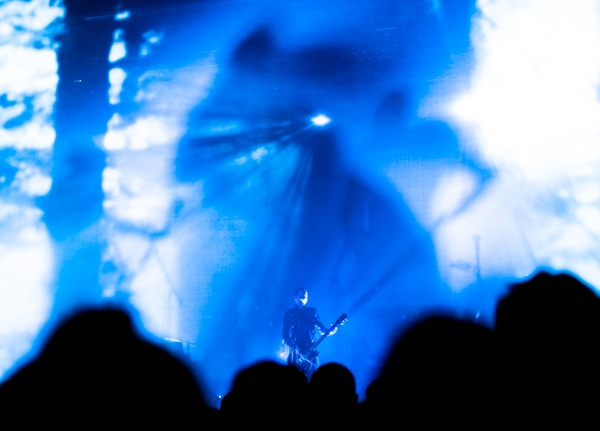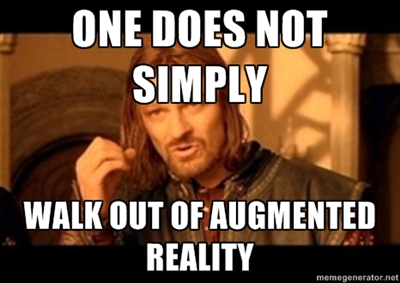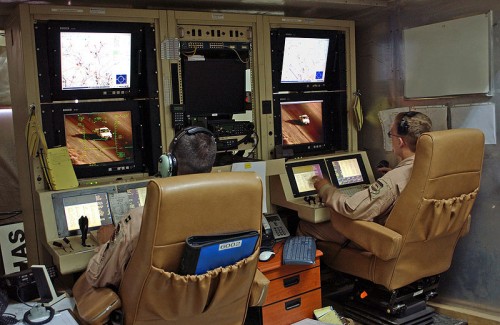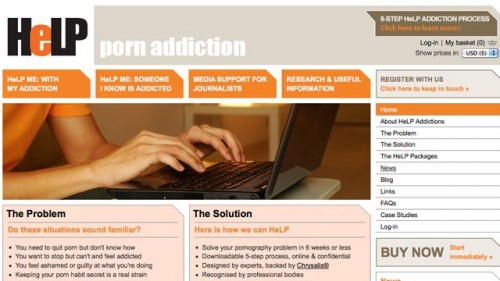
Little known fact: I profoundly dislike going to events longer than four or five hours entirely by myself. Though I enjoy my own company, and have a visceral need for regular time alone, one thing I really do not enjoy (understatement) is awkwardly standing alone in a crowd of complete strangers who are having conversations. This doesn’t stop me from going to all sorts of things by myself, as I have an even stronger dislike of missing out on events that seem interesting, exciting, or useful to me. But as someone who falls somewhere between “awkward at” and “terrified of” approaching people she doesn’t yet know, there’s a certain level of OH GOD OH GOD OH GOD involved each time I have to contemplate keeping myself socially occupied for longer than an average night of rock shows.
How do I deal with this? Put simply: Twitter. more...









